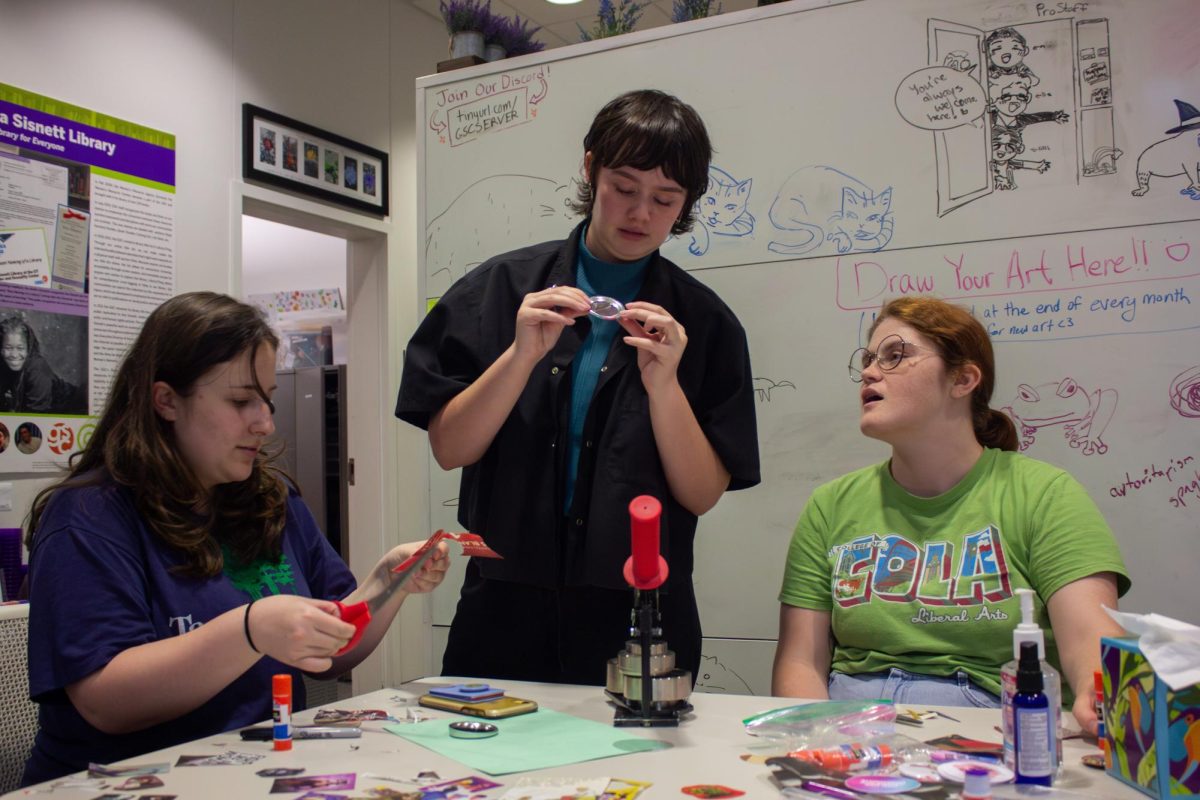In a 1966 episode of Star Trek, Mr. Spock told Captain Kirk: “Invisibility is theoretically possible, Captain, with selective bending of light.” UT researchers are now working to make Mr. Spock’s idea a reality.
Researchers at the Cockrell School of Engineering are studying cloaking devices, a technology that allows objects to become partially invisible under certain parts of the electromagnetic spectrum including microwaves, radio waves and visible light. Cloaking devices, or cloaks, are made from artificial materials called metamaterials, which allow these devices to control light waves, making an object invisible or transparent.
UT graduate student Francesco Monticone and his Ph.D. advisor, electrical and computer engineering professor Andrea Alu, studied the limitations of cloaking devices to outline what can and cannot be realized in real life. They have created a quantitative framework that calculates the boundaries of electromagnetic cloaks for different objects. Through this framework, researchers can estimate the expected performance of an invisibility device before it is developed.
Monticone and Alu worked with arbitrary cloaking devices made of passive metamaterials, which don’t need to be connected to an external energy source, in order to identify these boundaries. Monticone said this discovery comes at a price: Reducing the visibility of an object for a specific color is always accompanied by a drastic increase of its invisibility for other colors.
According to Einstein’s theory of special relativity, perfect invisibility can only be obtained for a single wavelength, that is, a single color. However, imperfect invisibility can be obtained over a wider span of colors; the trade-off comes with how transparent an object can be made, which becomes much more difficult with larger objects, Monticone said. Monticone and Alu are studying these physical limitations to see what can be possible with cloaking technology.
“Recent research on cloaking devices … reveals unusual and extreme ways in which light can interact with material body,” Monticone said.
Making any object invisible depends on the wavelength of its color and the object’s composition. However, the most important factor involves the relationship between the object’s size and the size of the wavelength. Small objects utilize the electromagnetic spectrum better than larger objects, because they have less mass to make invisible.
“The question is, ‘Can we make a passive cloak that makes human-scale objects invisible?’” Alu said.
Monticone said their research has shown that it is essentially impossible to cloak large objects like humans or spaceships. For example, one project Monticone and Alu are working on uses invisible nano-sensors for efficient optical imaging, which works on a much smaller scale.
In the future, a possible direction for this research aims to focus on active cloaking devices which draw energy from an external source, like a battery. As Monticone explains, this could allow researchers to realize invisibility for larger objects and over wider color spans than is currently possible.
“The idea of invisibility has been around for millennia, but only in recent times has it become possible to deal with this subject from a scientific and engineering perspective,” Monticone said.





















